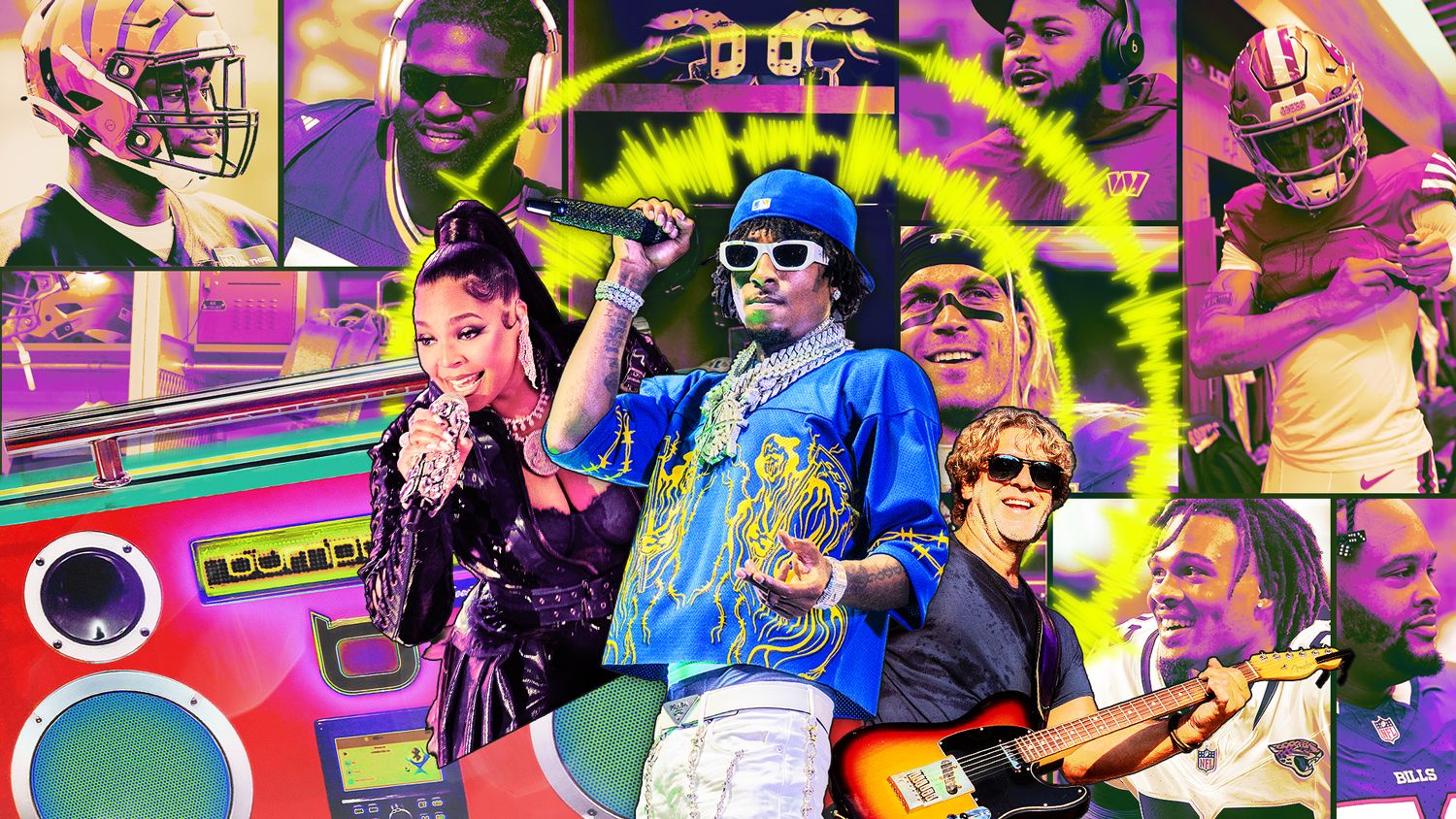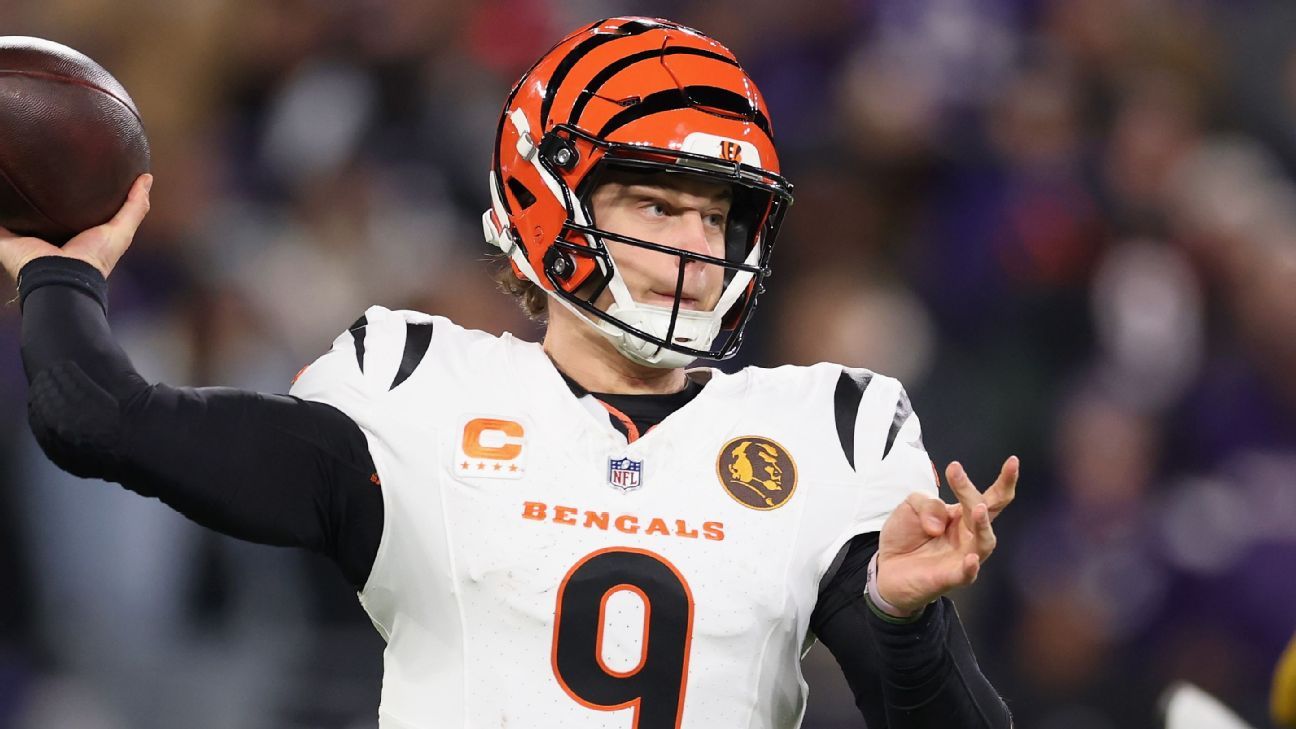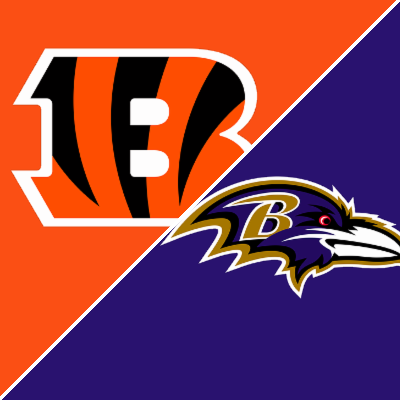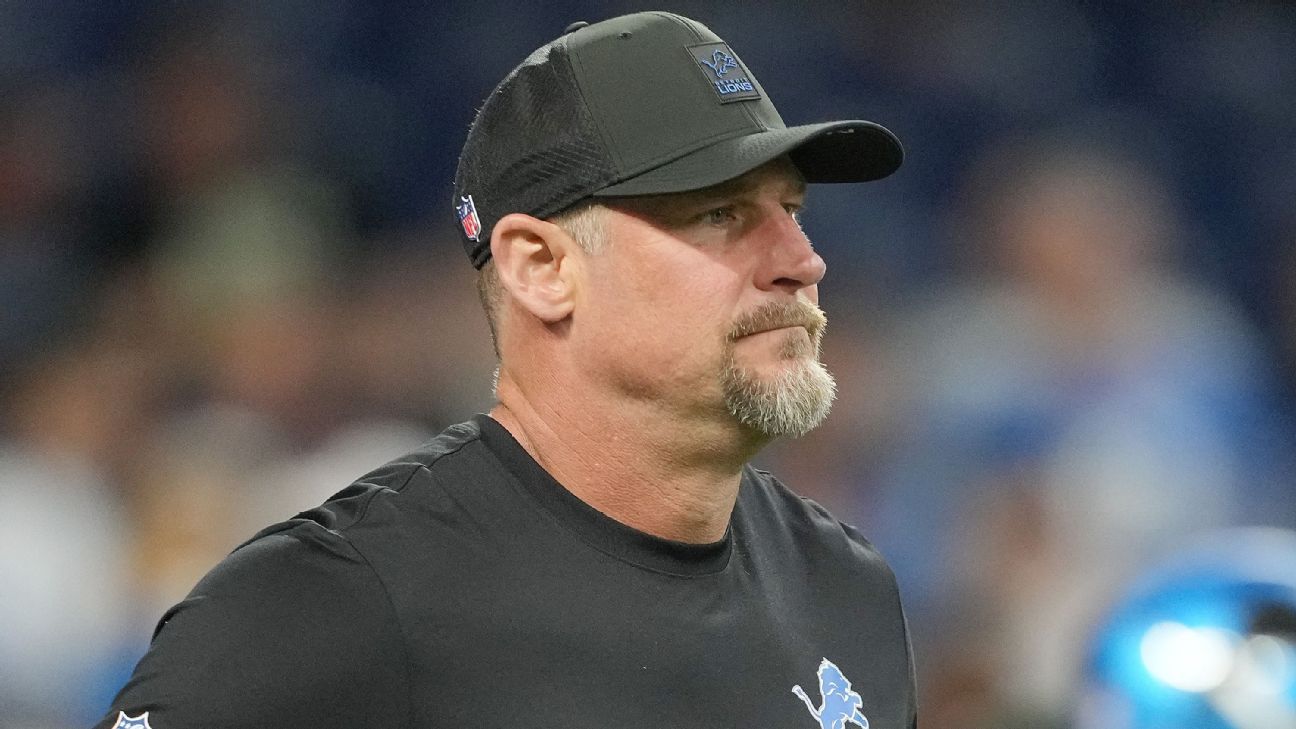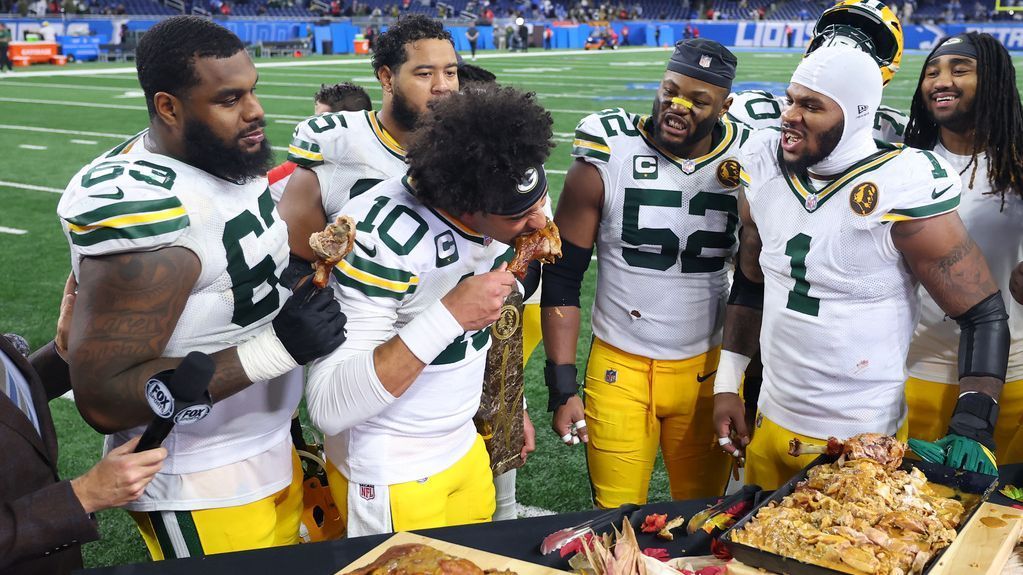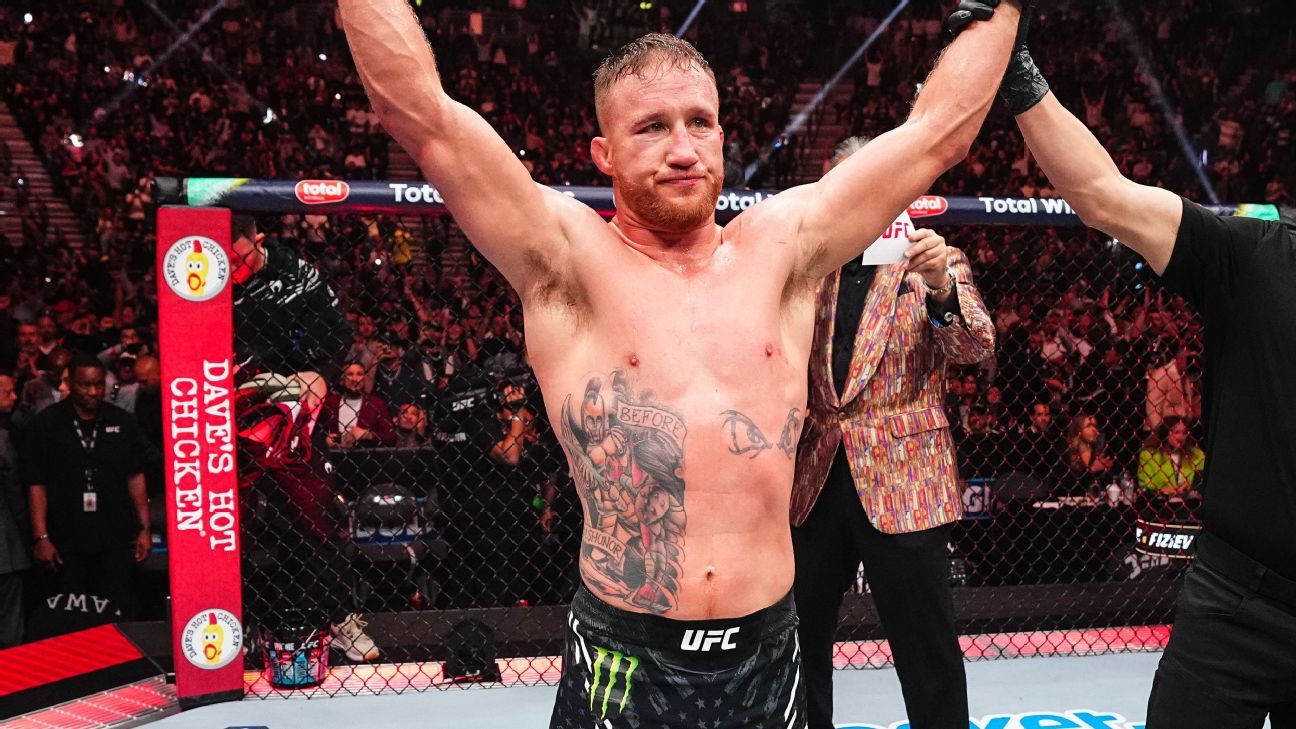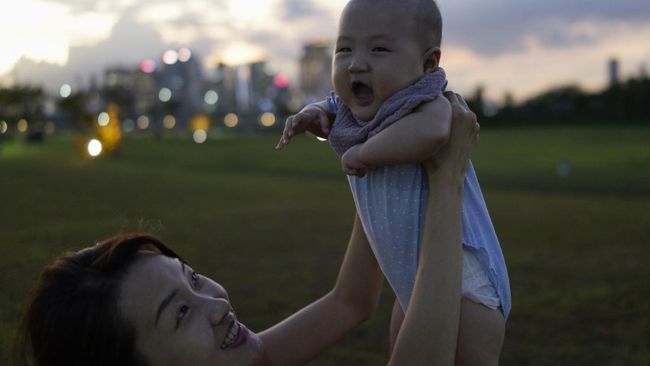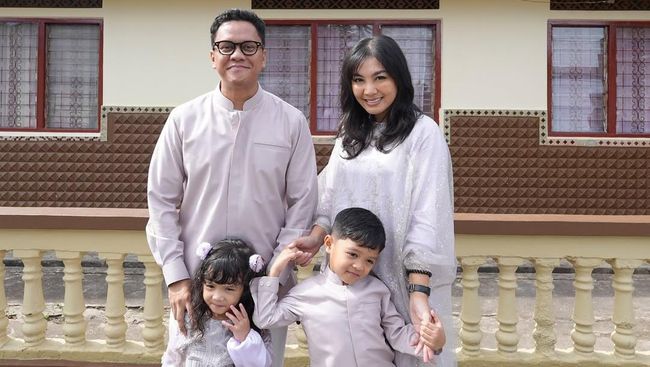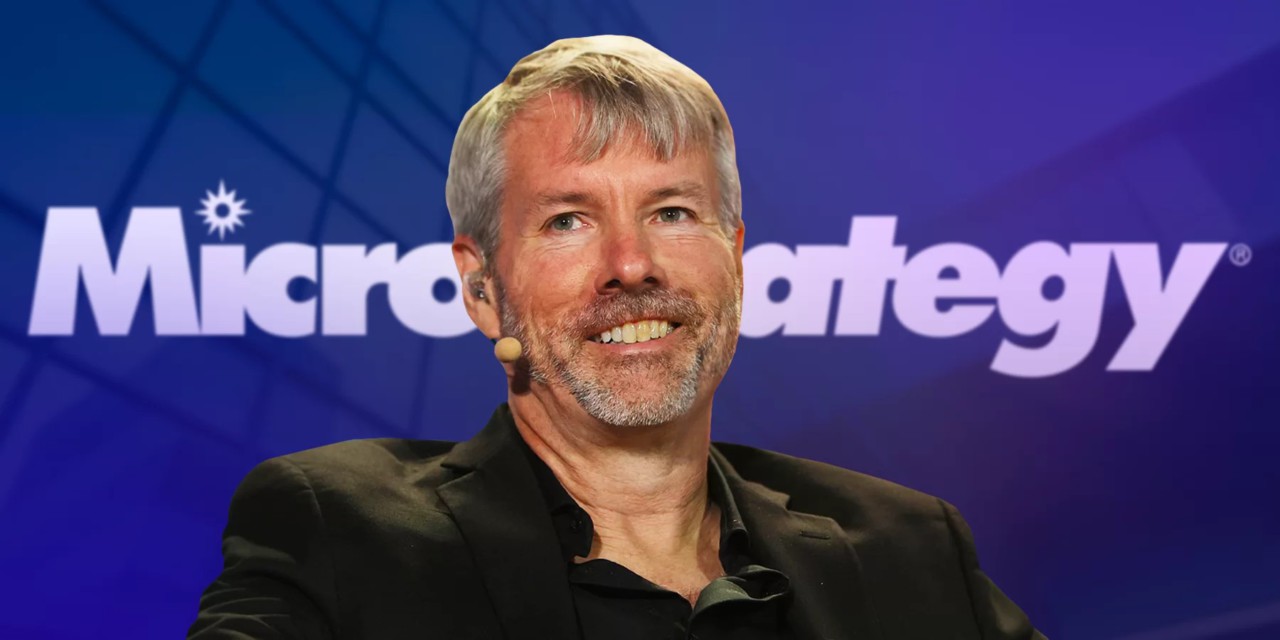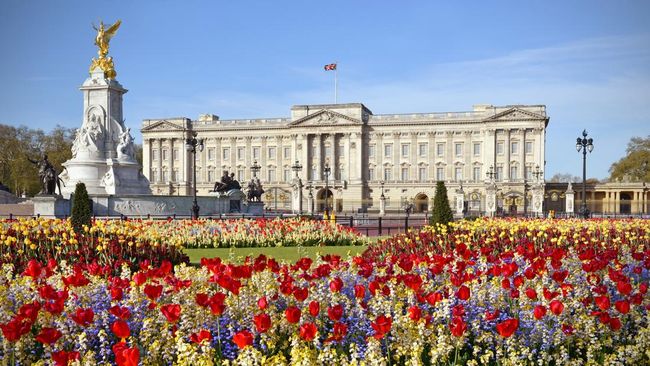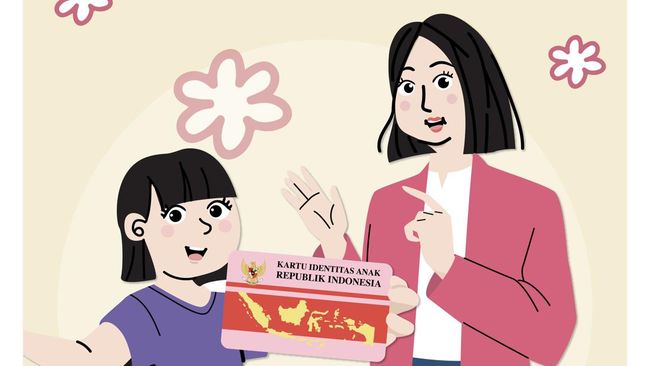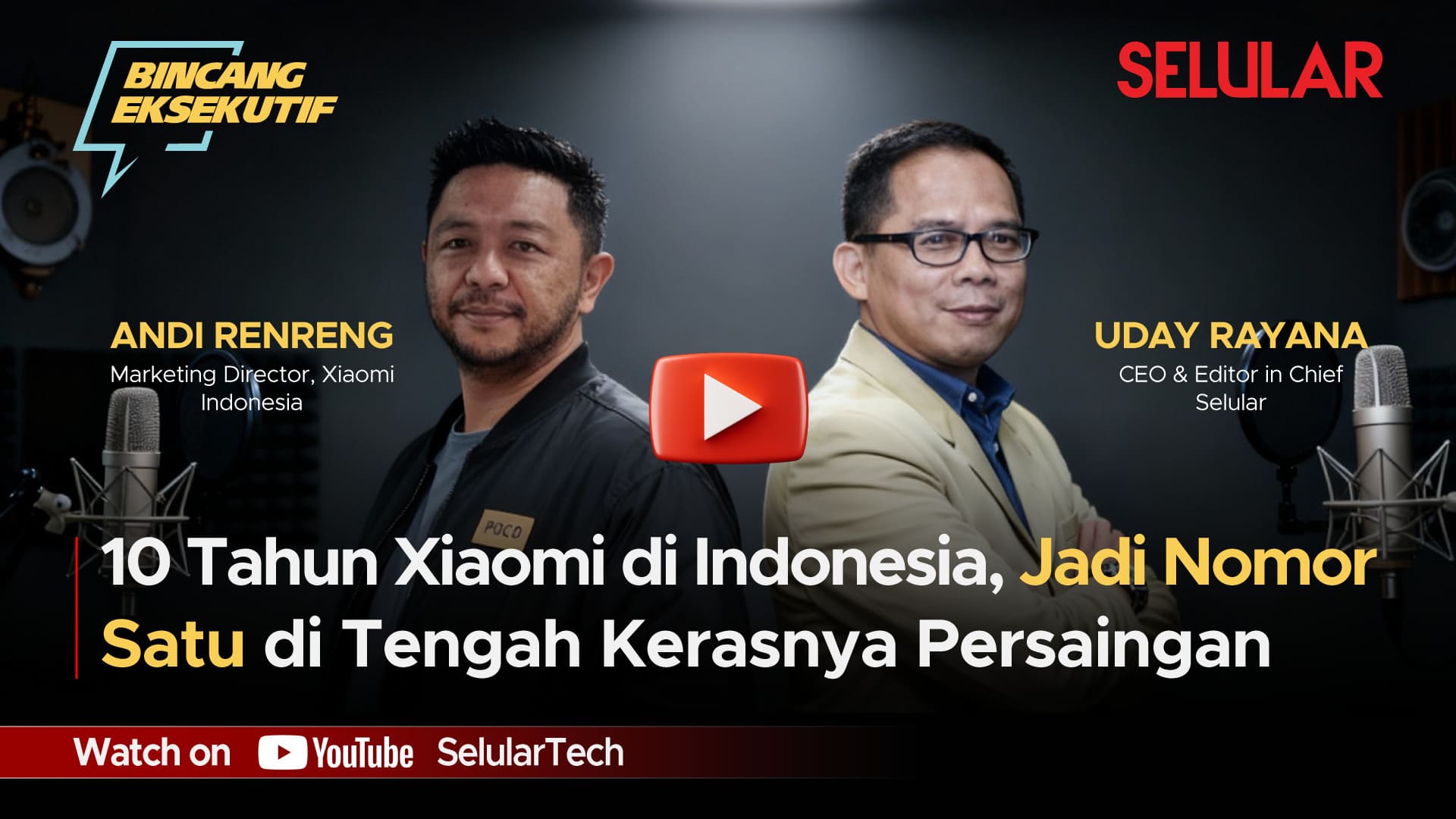Kendra Andrews
Alexa Philippou

Alexa Philippou
ESPN
- Covers women's college basketball and the WNBA
- Previously covered UConn and the WNBA Connecticut Sun for the Hartford Courant
- Stanford graduate and Baltimore native with further experience at the Dallas Morning News, Seattle Times and Cincinnati Enquirer
Oct 22, 2025, 08:45 AM ET
One year ago Tuesday, the WNBA players' association announced the players would opt out of their current collective bargaining agreement with the league that was set to expire following the 2025 season.
It was a decision that WNBPA president Nneka Ogwumike called a "defining moment, not just for the WNBA, but for all of us who believe in progress." The players outlined their desire for a new economic model based on equity -- as Ogwumike said, "claiming our rightful share of the business we've built" was the top priority.
Yet 12 months removed from the initial announcement, there are no signs a new agreement will be put in place by the date that the current deal expires, on Oct. 31. Asked whether a deal will get done by that date, WNBPA senior advisor and legal counsel Erin Drake told the "Good Game with Sarah Spain" podcast last week, "Unfortunately, I'm not confident."
Since October 2024, tensions have only escalated, with players expressing frustration with a lack of progress in negotiations. In late September, WNBPA vice president and Unrivaled co-founder Napheesa Collier decried WNBA leadership as the "worst ... in the world" in an explosive exit interview that gained the backing of multiple WNBA stars.
With the 2025 season and Finals now in the past, all eyes shift toward what's happening at the bargaining table. WNBPA executive director Terri Jackson told ESPN the players are as determined as ever.
"[The players are] really quite clear and laser focused on what they're fighting for," Jackson said this week, "and what they said a year ago was true six months ago, was true six weeks ago, six days ago."
It's not yet time to panic: The two sides could agree to an extension that would allow them more time to negotiate into November or beyond. Still, with the clock ticking, ESPN explores the latest we've heard on arguably the most consequential set of CBA talks in league history.
The current state of negotiations
When the league and WNBPA hold bargaining sessions, there can be an array of stakeholders in the room, and it's not always the same people each meeting, sources familiar with the negotiations said. WNBA and NBA staff, as well as their outside counsel, represent the league's side of the aisle, with WNBA commissioner Cathy Engelbert attending all substantive bargaining meetings, consistent with previous negotiations in 2019 and with the actions of former league commissioners. WNBPA staff and outside counsel are the main participants for the union side, though WNBPA advisors and player leadership might also attend.
The players' CBA committee typically features at least 33 players: the 26 player representatives (two per team), seven members of the executive committee (Ogwumike, Kelsey Plum, Elizabeth Williams, Brianna Turner, Alysha Clark, Collier and Breanna Stewart) and a few other players outside of those groups who have opted to participate.
The league has its own version of that group, the labor relations committee, featuring seven team owners and executives: Suzanne Abair of the Atlanta Dream, Greg Bibb of the Dallas Wings, Ginny Gilder of the Seattle Storm, Kelly Krauskopf of the Indiana Fever, Mat Ishbia of the Phoenix Mercury, Nadia Rawlinson of the Chicago Sky and Jennifer Rizzotti of the Connecticut Sun. That committee does not participate in bargaining sessions.
The league and WNBPA first met in December for a preliminary conversation on the new CBA and held a larger in-person meeting featuring representatives from the labor relations committee plus over 40 players at All-Star weekend in late July.
Since then, the WNBPA has met with player leadership "weekly, if not a couple times a week," according to a source, and the two sides have continued to talk with regularity, though the participants and scope have fluctuated.
The biggest holdup: salary model
During the playoffs, Las Vegas Aces guard Chelsea Gray said negotiations are "not where we thought and wanted to be at this point in time. It's market share, it's salaries, it's player safety, it's everything."
But the biggest holdup for the players in negotiations has always revolved around the different ways each side believes salaries should be determined.
The WNBA is pushing for a system where the percentage of revenue going toward salaries grows with the business. In the NBA, for example, the salary cap is determined by the basketball-related income (BRI), with players taking in about half of that mark as dictated by their CBA.
WNBA players say the league's proposals, by contrast, feature a salary cap that increases by a fixed rate over time -- which is how it is set up in the current CBA, with annual 3% raises.
The league's salary cap was $1,507,100 in 2025, with a minimum salary of $66,079 and a supermax of $249,244.
The current CBA also has a revenue sharing provision that would result in direct payments to players if the league hits certain revenue targets, but it hasn't yet been triggered.
In a statement provided to ESPN, a WNBA spokesperson said, "As the WNBA has stated repeatedly, we agree with the players that they deserve to be paid more and, importantly, to participate in the success and growth of the league by sharing in revenue. The comprehensive proposal we provided to the Players Association includes both significant guaranteed salary cap increases and substantial uncapped revenue sharing that enables player salaries to grow as the league's business grows."
The difference in philosophy was on display Tuesday, when NBA commissioner Adam Silver said on the "TODAY Show" that WNBA players will get a "big increase" in salaries in their new collective bargaining agreement but pointed to "absolute numbers" as the way to measure that growth as opposed to share of revenue.
"I think 'share' isn't the right way to look at it because there's so much more revenue in the NBA," Silver said. "I think you should look at absolute numbers in terms of what they are making, and they are going to get a big increase in this cycle of collective bargaining, and they deserve it." On an Instagram story, the WNBPA reposted a clip of Silver's comments that featured him repeating on a loop, "I think 'share' isn't the right way to look at it," with the caption, "Don't want to share?" and tagging Silver.
The WNBA has experienced record growth since the last CBA and in the past two years in particular with attendance, viewership, merchandise sales, investment and franchise valuations skyrocketing and a new $2.2 billion media deal on the way. But during the Finals, Engelbert spoke to the importance of "balancing" an increase in player salaries with what she called the "long-term viability of the league."
"I think we all agree we're trying to return every dollar we possibly can to the players, but we also want to incentivize investment from owners," Engelbert said. "We want owners to have a viable business. Obviously, we're looking at expansion up to 18 teams by the end of the decade. So, that's important that those owners coming in have a shot at a viable economic model for the future."
What happens next?
The current CBA expires nine days from now, and though Sophie Cunningham said in her exit interview that "a potential lockout ... is kind of where it's headed," the passing of the deadline doesn't mean that'll automatically happen.
It's more likely that if no deal comes before then, the league and the union will agree on an extension to give them more time to reach a settlement. Engelbert mentioned as much during her WNBA Finals news conference.
"While I hope we make the October 31st deadline, and that is a real deadline from that perspective, we have extended deadlines in the past," she said.
That's what happened before the last CBA expired, which had an Oct. 31, 2019, initial deadline. Negotiations were originally extended 60 days, to Dec. 31, and the new CBA was agreed to on Jan. 14, 2020. It was signed three days later.
A league source told ESPN last week they did not believe a new deal would be agreed upon by the Halloween deadline but was optimistic that a work stoppage would not come into fruition.
"In the end, a work stoppage doesn't benefit anybody," the source said. "I don't know exactly how far people are off. But generally, when I've seen these things, usually as it comes closer to crunch time, everybody kind of moves a little bit closer together, and we can get to a deal that's reasonable enough."
This year, though, extending the deadline has wider concerns: With two new franchises, Toronto and Portland, starting play next season, an expansion draft for both teams has to be held before a supersized free agency that will feature most of the league's players who aren't currently on their rookie contracts.
The parameters for the expansion draft are supposed to be set in the new CBA. But as the current deadline approaches, a league source told ESPN that there haven't been any rules or guidelines given to either franchise.
The draft for the Golden State Valkyries was held Dec. 6, 2024, with the league's 12 teams allowed to protect six players. Golden State selected 11 players, taking one from every team except Seattle; the Valkyries passed on the Storm's available players.
Since this expansion draft will have Toronto and Portland participating -- meaning two teams will be filling out rosters -- it's thought that perhaps the other teams might only be able to protect five players this time.
Assuming there is an extension agreed upon for CBA talks, the source said their expectation is for the expansion draft to take place as soon as possible after the CBA is put in place. But, without knowing exactly how long the extension would be for, it's difficult for the two new franchises to plan without a specific timeline or any set rules.
.png)
 1 month ago
32
1 month ago
32









